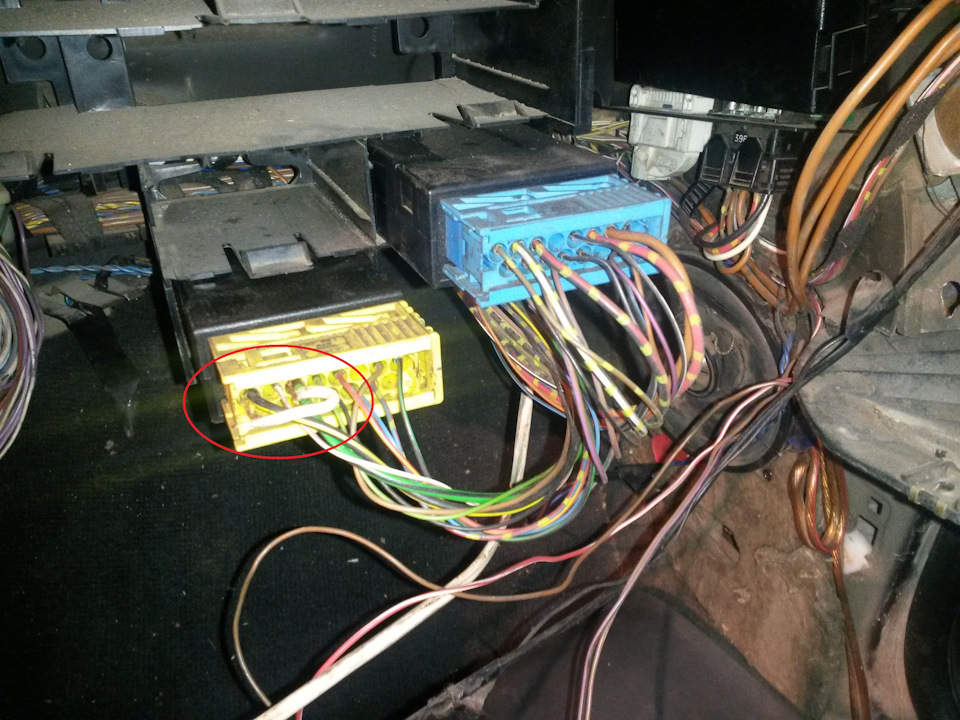
Introduction
The BMW EWS (Electronic Immobilizer Control) system is an integral part of the vehicle’s security system. It is designed to prevent unauthorized access to the vehicle by immobilizing key functions. However, in certain situations, such as engine swaps or modifications, the EWS system can become a hindrance or even a safety concern. This is where an EWS delete comes into play, offering enhanced security and improved performance for BMW owners. In this blog, we will explore the concept of BMW EWS delete, its benefits, and its implications.
Understanding EWS (Electronic Immobilizer Control)
The EWS system is a feature integrated into BMW vehicles to provide an additional layer of security. It works by immobilizing key functions such as engine starting, fuel injection, and ignition system activation until the correct key is used to start the vehicle. This ensures that only authorized individuals can operate the vehicle, reducing the risk of theft.
Limitations and Problems with EWS
Although the EWS system is effective at preventing theft, it can create challenges for BMW owners who want to modify or upgrade their vehicles. One common scenario where issues arise is during engine swaps. When installing a different engine into a BMW, the EWS system may not recognize the new engine’s electronic control unit (ECU), resulting in the vehicle failing to start or running in a limited mode. Additionally, aftermarket performance modifications may conflict with the EWS system, causing unnecessary complications.
The Concept of EWS Delete
EWS delete refers to the process of bypassing or disabling the EWS system, allowing owners to overcome the limitations mentioned earlier. By eliminating the EWS system, BMW owners can enjoy a wide range of benefits, including:
1. Engine Swaps and Modifications
With the EWS system deleted, engine swaps become much simpler and straightforward. Whether you’re upgrading to a more powerful engine or switching to a different ECU for performance enhancements, an EWS delete removes obstacles and ensures a smooth transition.
2. Enhanced Performance
By eliminating the EWS system, you can optimize the performance of your BMW. Without the EWS system’s restrictions, you have the freedom to unlock additional performance features, such as advanced tuning options and increased horsepower.
3. Simplified Troubleshooting
With the EWS system deleted, troubleshooting potential issues becomes more convenient. The absence of EWS-related errors simplifies the diagnostic process, allowing mechanics to focus on other aspects of the vehicle.
Potential Considerations and Risks
While an EWS delete offers various benefits, it’s essential to consider a few factors before proceeding:
1. Security Implications
Deleting the EWS system removes an important layer of vehicle security. Therefore, it is crucial to ensure that your vehicle is parked in secure locations and that additional security measures, such as immobilizers, are in place.
2. Legal Compliance
Before conducting an EWS delete, it’s essential to research and understand the legal implications in your area. Some regions have regulations that require immobilizer systems to be operational, and disabling them may result in legal consequences.
Conclusion
The BMW EWS delete is a valuable option for BMW owners looking to enhance the performance of their vehicles or mitigate complications during engine swaps or modifications. By bypassing the EWS system, owners can enjoy increased convenience and improved performance. However, it’s important to consider the security implications and legal requirements before proceeding with an EWS delete. Consulting with a professional mechanic or technician experienced with BMW vehicles is always recommended to ensure a proper and safe procedure.